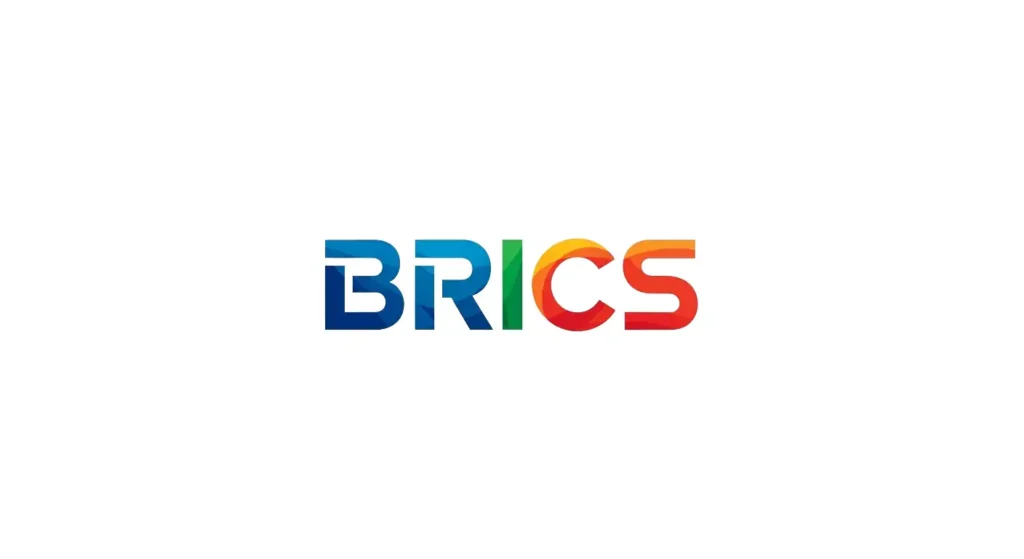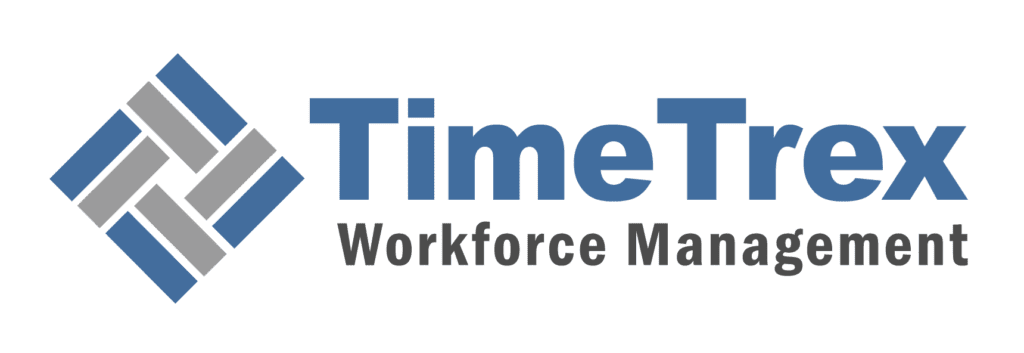
New BRICS Bloc Tariffs?
TL:DR
The international trade order has entered a period of profound and disruptive transformation, marked by the aggressive reimposition of protectionist policies by major economic powers. The 2024-2025 period, in particular, has witnessed the erection of a new U.S. tariff framework that fundamentally alters the principles of global commerce. This report provides an exhaustive analysis of this new landscape and its multifaceted impact on the expanded BRICS bloc, which now includes Brazil, Russia, India, China, South Africa, Egypt, Ethiopia, Iran, the United Arab Emirates, Indonesia, and Saudi Arabia.
The central finding of this analysis is that the latest wave of tariffs, particularly those enacted by the United States, represents a systemic shift from traditional economic negotiation to a form of geopolitical loyalty testing. The macroeconomic consequences are severe, with international financial institutions downgrading global growth forecasts and projecting significant contractions in global trade. For corporate strategists, investment managers, and policy advisors, navigating this new era requires a paradigm shift: political risk analysis, supply chain stress-testing, and constant monitoring of a volatile policy landscape are no longer ancillary activities but core components of strategic decision-making.
- Part I: The Shifting Global Trade Order
- Part II: The BRICS Response: A Deep Dive by Nation
- Part III: Economic Consequences and Strategic Implications
- Strategic Outlook and Recommendations
Part I: The Shifting Global Trade Order
The foundational principles of the post-World War II global trading system are facing their most significant challenge in decades. The period of 2024-2025 has been defined by a decisive turn towards protectionism, led by the United States. This has created a new, uncertain, and confrontational environment for international commerce, with the expanded BRICS bloc at the epicenter of this geoeconomic shift.
The "Reciprocal" Revolution: Deconstructing the 2025 U.S. Tariff Framework
The primary catalyst for the current disruption is the novel and aggressive tariff framework implemented by the second administration of U.S. President Donald Trump. To implement this sweeping policy, the administration has largely circumvented the established mechanisms of the WTO, instead invoking the International Emergency Economic Powers Act (IEEPA) of 1977.
Anatomy of the Tariffs: A Multi-Layered System
- Universal Baseline Tariff: A 10% ad valorem tariff on nearly all goods imported into the United States.
- Reciprocal Higher Tariffs (RHTs): Higher, country-specific tariffs for nations with the largest trade surpluses with the U.S., with rates ranging from 11% to over 50%.
- Sectoral Tariffs: Steep duties targeting specific industries, including a 50% tariff on steel and aluminum and a 25% tariff on imported automobiles.
The BRICS "Alignment" Penalty: A New Geopolitical Red Line
The most novel element is an explicit threat to levy an additional 10% tariff on any country aligning with the "Anti-American policies of BRICS". This transforms the tariff framework from a tool of commercial policy into a weapon of foreign policy, linking penalties directly to a country's geopolitical posture.
The European Union's Strategic Hedging
The European Union has embarked on a complex, multi-directional trade strategy. It is defensively negotiating with the U.S., confronting China on market access, enforcing a comprehensive sanctions regime against Russia, and pursuing an offensive of Free Trade Agreements (FTAs) with key BRICS members like India, Indonesia, Brazil, and the UAE.
Part II: The BRICS Response: A Deep Dive by Nation
The new tariff and sanctions environment does not impact the BRICS bloc uniformly. Instead, it has created highly divergent pressures and opportunities for each of the 11 member states, leading to a fractured response.
| Country | U.S. Reciprocal Higher Tariff (RHT) Rate | Status | Key U.S. Justification | Applicable Sectoral Tariffs | Subject to "BRICS Alignment" Threat? |
|---|---|---|---|---|---|
| China | 34% (modified) | Negotiating & Retaliating | Large trade deficit, "unfair trade practices" | 25% Autos, 50% Steel/Aluminum | Yes |
| India | 26% | Negotiating (Mini-Deal) & WTO Action | Large trade deficit | 25% Auto Parts | Yes |
| Brazil | 10% (Baseline) | Diplomatic Protest (via BRICS) | Not a "worst offender" | 50% Steel/Aluminum (exemption removed) | Yes |
| Russia | N/A (Sanctioned) | Economic Pivot & Circumvention | Geopolitical (Ukraine Invasion) | Comprehensive Sanctions | Yes |
| South Africa | 30% | Negotiating | Market access for U.S. poultry/pork | 25% Autos, 50% Steel/Aluminum | Yes |
| Indonesia | 32% | Negotiating (Procurement Offer) | Large trade deficit | N/A | Yes |
| Saudi Arabia | 10% (Baseline) | Strategic Positioning | Not a "worst offender" | N/A | Yes |
| UAE | 10% (Baseline) | Strategic Positioning | Not a "worst offender" | 50% Steel/Aluminum | Yes |
| Egypt | 10% (Baseline) | Seeking Opportunity | Not a "worst offender" | N/A | Yes |
| Ethiopia | 10% (Baseline) | Seeking Opportunity | Not a "worst offender" | N/A | Yes |
| Iran | N/A (Sanctioned) | Geopolitical Confrontation | Geopolitical (Nuclear Program) | Comprehensive Sanctions | Yes |
The Original Five - Divergent Paths Under Pressure
China, as the primary target, faces severe pressure with tariffs peaking at 145% before being reduced to 30%. India is pursuing a "mini trade deal" to counter its 26% RHT. Brazil, facing a lower 10% tariff, has focused on diplomatic protest and market diversification. Russia is under a full sanctions regime, forcing a radical economic pivot. South Africa, hit with a 30% RHT, has seen its AGOA benefits nullified and is focused on negotiation and diversification.
The New Cohort - Navigating a Complex Landscape
Indonesia is countering its 32% tariff with a massive US$34 billion procurement offer. Saudi Arabia and the UAE are relatively insulated, focusing on their domestic economic diversification plans. Egypt and Ethiopia see an opportunity to capture trade diverted from more heavily penalized nations. For Iran, tariffs are academic as it remains under a "maximum pressure" sanctions campaign.
Part III: Economic Consequences and Strategic Implications
The aggressive tariff policies are inducing a structural shock to the global economy, suppressing growth, increasing costs for consumers, and forcing a permanent realignment of global value chains.
Quantifying the Impact: A Macroeconomic Assessment
The IMF has downgraded its 2025 global growth forecast to 2.8%, citing the tariffs as a primary risk. Global trade growth is expected to slow to just 1.7%. In the U.S., the tariffs are projected to increase consumer prices by 2.3%, costing the average household $3,800 annually.
The Geopolitical Fallout: Fragmentation and the Future of Trade
The U.S. policy represents a direct challenge to the WTO-based order, accelerating the erosion of multilateralism. In response, the weaponization of trade is acting as a powerful catalyst for the BRICS bloc to accelerate its pursuit of de-dollarization and the creation of an alternative, sanctions-proof financial architecture.
Strategic Outlook and Recommendations
Navigating this new era of geoeconomic competition requires proactive and adaptive strategies from all stakeholders.
For BRICS Governments
- Embrace Differentiated Diplomacy: Pursue a two-track strategy of collective advocacy and flexible bilateral deals.
- Prioritize Resilience through Diversification: Aggressively pursue new markets and strengthen regional trade blocs like Mercosur and the AfCFTA.
For International Businesses
- Institutionalize Political Risk Analysis: Integrate geopolitical stress tests into core business strategy.
- Invest in Policy Intelligence and Compliance: Dedicate resources to monitor the dynamic policy landscape in real-time.
- Pursue Strategic Diversification: Actively diversify manufacturing footprints and sourcing networks to mitigate geopolitical risk.
Calculate Your Tariff Impact
The shifting tariff landscape creates significant uncertainty. US Small Businesses need tools to understand the direct cost implications for their specific products. Use our comprehensive tariff calculator to model scenarios and make informed decisions for your supply chain.
Access the US Tariff CalculatorDisclaimer: The content provided on this webpage is for informational purposes only and is not intended to be a substitute for professional advice. While we strive to ensure the accuracy and timeliness of the information presented here, the details may change over time or vary in different jurisdictions. Therefore, we do not guarantee the completeness, reliability, or absolute accuracy of this information. The information on this page should not be used as a basis for making legal, financial, or any other key decisions. We strongly advise consulting with a qualified professional or expert in the relevant field for specific advice, guidance, or services. By using this webpage, you acknowledge that the information is offered “as is” and that we are not liable for any errors, omissions, or inaccuracies in the content, nor for any actions taken based on the information provided. We shall not be held liable for any direct, indirect, incidental, consequential, or punitive damages arising out of your access to, use of, or reliance on any content on this page.
About The Author

Roger Wood
With a Baccalaureate of Science and advanced studies in business, Roger has successfully managed businesses across five continents. His extensive global experience and strategic insights contribute significantly to the success of TimeTrex. His expertise and dedication ensure we deliver top-notch solutions to our clients around the world.
Time To Clock-In
Start your 30-day free trial!
Experience the Ultimate Workforce Solution and Revolutionize Your Business Today
- Eliminate Errors
- Simple & Easy To Use
- Real-time Reporting

Saving businesses time and money through better workforce management since 2003.
Copyright © 2025 TimeTrex. All Rights Reserved.
